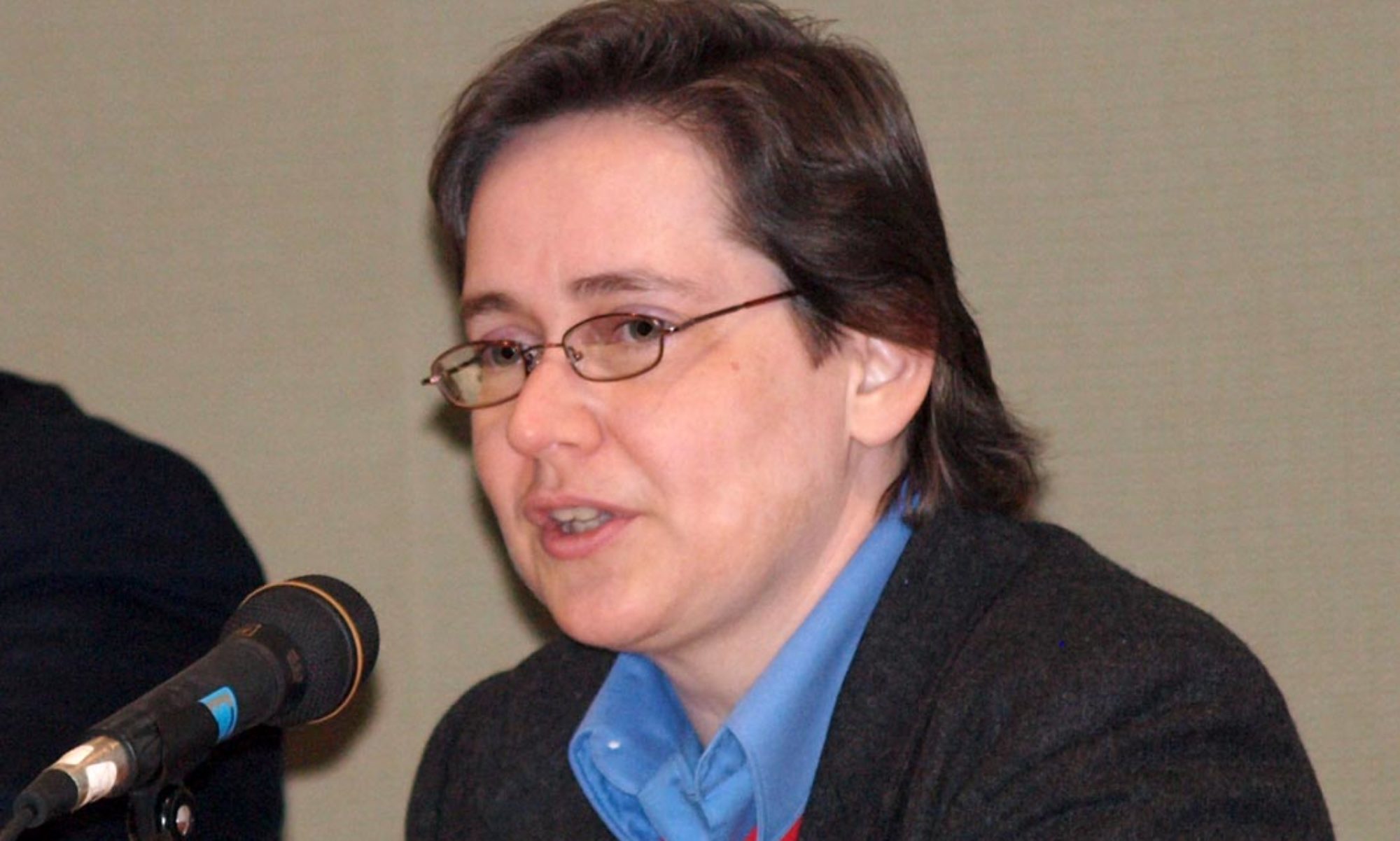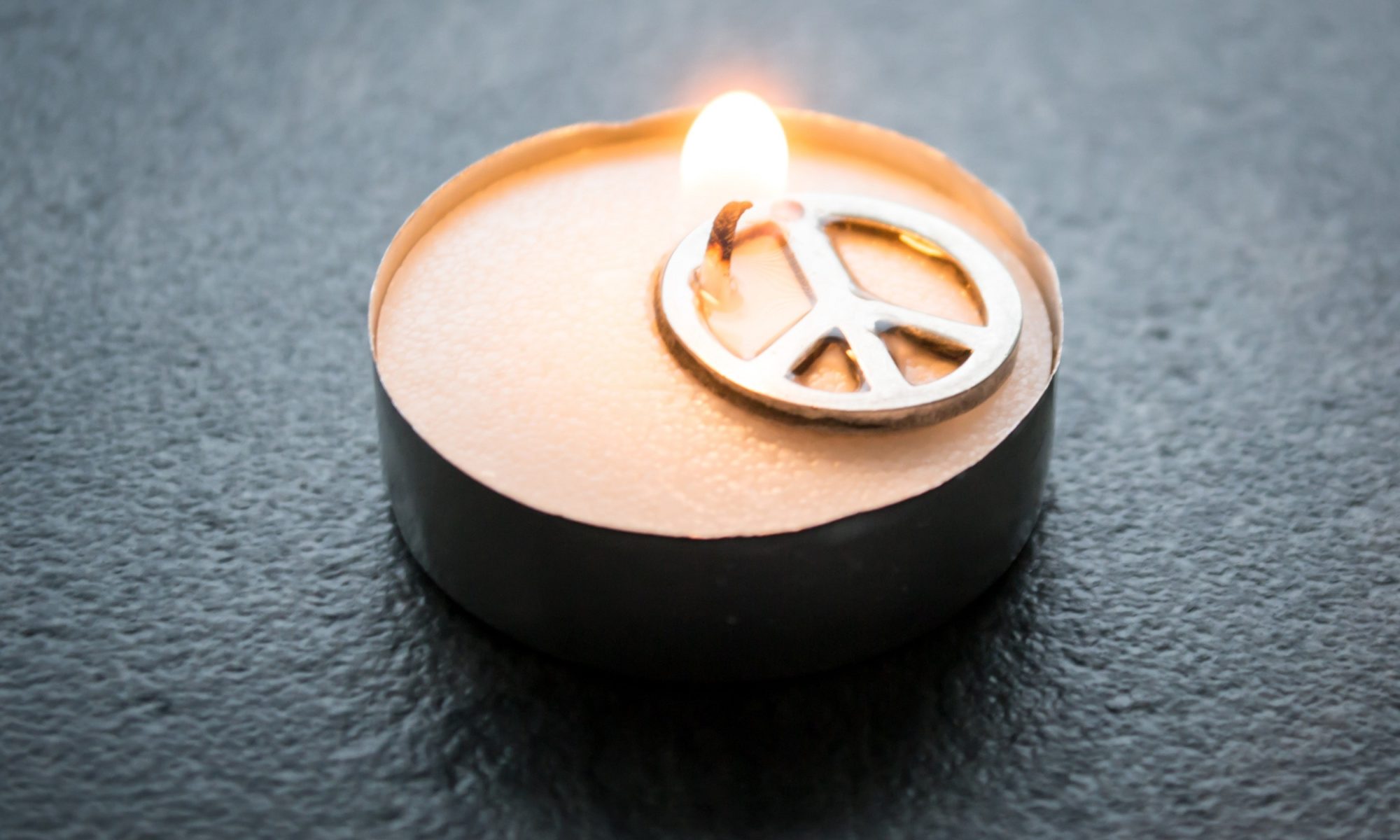Lesson 34: I could see peace instead of this.
The first time I heard this phrase it was said by author Wayne Dyer in one of his TV programs that I watched. Dyer was my gateway drug into the metaphysical world so it was early in my learning when I heard him say this. I was immediately cynical.
“How in the world can we see peace instead of what’s obviously going on?” I thought.
Wars, rumors of wars, famine, greed, government corruption, the wealth gap, poverty, human trafficking, refugee crises, climate change. So much of the world is bereft of peace. Choosing to see peace instead of these very real dilemmas and tragedies is just so much spiritual bypass, woo-woo, head-in-the-sand spirituality.
That’s what I thought, all those years ago, and it’s what many people continue to think about metaphysical thought and practices. Deny reality and say your happy affirmations.
The Course, however, is far from advocating complacency or simple happy talk. It’s asking us, in all of these workbook lessons and throughout the text, to examine our thoughts about the world and discover what role we have played in bringing about the suffering that we see around us. It’s not an exercise in feeling guilty for the actions – or inactions – we have participated in that we believe caused the pain in the world. It’s a chance to change our mind and make it right – a chance to save the world and end the sense of separation from each other and God that all we feel in this world.
“I could see peace rather than this,” isn’t a denial of what’s happening. It’s a realization that we fully believe in the pain and suffering we see in the world – we see it as inevitable. If we truly could withdraw our belief in that idea and fully believe instead that peace could replace it, peace would immediately be what we see in the world.
If we don’t believe peace can replace the chaos we perceive around us, then it never will. The opposite is also true: If we can see peace, we can bring peace to the world. The ego, however, would love to keep us outraged, railing about the latest injustice in the world and how it’s all going to hell in a handbasket.
“All this makes you feel tired because it is essentially disheartening,” the Course says in Chapter 3 (Section VI; paragraph 5, line 4ff). “The strain of constant judgment is virtually intolerable. It is curious that an ability so debilitating would be so deeply cherished.”
There it is right there. We prefer to be tired and outraged. We cherish our ability to judge, to be angry, to protest, to divide up into political tribes and other affinity groups and yell at each other on the streets and social media.
We have an “authority problem,” the Course tells us. We think we can author our own lives and bend this world to our will. Instead, the right use of “free will” the Course tells us, is to align it with God’s will. This is what St. Augustine meant when he said all those years ago, “Love God and do what you please.” Everyone hears the second part. But, if you love God – if you truly understand that God is the author of your life – what pleases you will also be what pleases God. You will have ended the separation you feel between yourself and God.
“Free will,” the Course says, “must lead to freedom.”
It’s not that we don’t act in the world. The key is to act from that place of peace, not that place of outrage and frustration. If we act in peace, we produce peace. If we act in outrage and judgment, then we simply create more of it.
We know we’re trapped in outrage and judgment, Hafiz says, when we learn about a new disease in this world: “being too serious.”
Try this someday: When you are packing or moving
any simple object around
imagine your Beloved’s hand
as your own.
And then it might become it,
if just for a second
but a wondrous, true moment
like that
would be enough
for the integration to begin –
the melding of you and light.
Photo by Steve Johnson from Pexels

